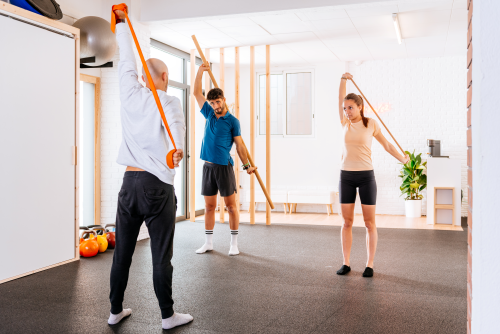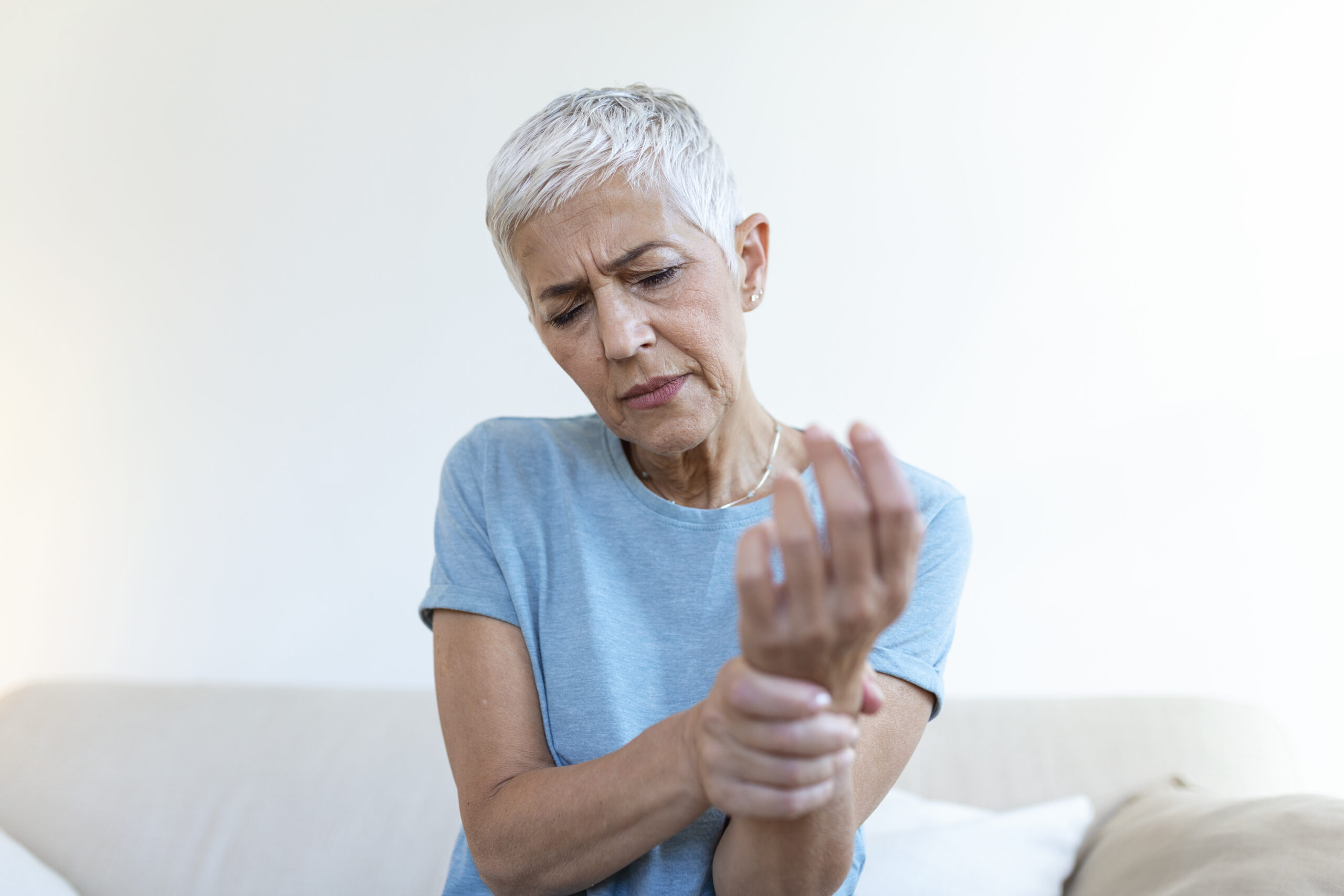How Physiotherapy Improves Mobility and Function?

Physiotherapy is the science of movement. This branch of healthcare practice focuses on improving flexibility, range of motion and strength. Age, injuries and chronic conditions such as Tennis Elbow weaken the musculoskeletal system, restricting your normal mobility. This is why older people struggle to move their joints and muscles as they could a few years back. Physiotherapy improves mobility and function, irrespective of your age, by boosting the natural healing process of your body. Let’s see how.
What is Mobility and Why is it Important?
Mobility is the ability to move freely and without pain. It involves movement, coordination and balance of your joints and muscles. It is because of mobility that we are able to move in various directions, whether forward, backward or sideways. We perform daily tasks and participate in various activities. Household chores such as vacuuming, sweeping and mopping require mobility. Even leisure activities like hiking or dancing require mobility.
In other words, mobility is important to do the things that you need and love to do. It is needless to say everyone must work towards maintaining their mobility and living a healthy life.
Also Read: How It Feels Like After Physiotherapy Treatments?
5 Crucial Ways Physiotherapy Improves Mobility
Physiotherapy is the best alternative treatment for maintaining optimal mobility. It involves no surgeries or pain meds but a series of natural treatments. Here are five significant ways physiotherapy improves mobility and enables you to function better.
Range of motion exercises
Exercises form an integral part of physiotherapy treatments. As the name suggests, these exercises help maintain joint health, prevent stiffness and improve flexibility. The physiotherapist recommends them to increase or maintain the flexibility and movement of joints.
There are different types of range of motion exercises. Active Range of Motion (AROM), for instance, doesn’t need any assistance. Examples include lifting your arm above your head on your own. Similarly, Active-Assisted Range of Motion (AAROM) requires assistance from a device or a professional. Examples include using your other hand to help lift your arm above your head.
Stretching exercises
Stretching exercises have a significant impact on the range of motion (ROM) of joints and muscles. Regular stretching can enhance flexibility, improve joint mobility, and contribute to overall physical health.
The various types of stretching exercises include dynamic stretching, static stretching, ballistic stretching and more. The physiotherapist prescribes the exercises based on the severity of your injury and your health goals.
Strengthening exercises
Loss of mobility occurs when the muscles and joints have weakened. Strengthening exercises increase muscle strength while improving joint mobility at the same time. They improve joint stability, enhance flexibility, increase muscle length, reduce muscle tightness and prevent injuries.
Some common examples of strengthening exercises include squats, lunges, deadlifts, push-ups, pull-ups and more. Most physiotherapists combine strengthening exercises with stretching routines. For example, follow up strength training with static stretching or yoga to maintain flexibility.
Manual therapy
Manual therapy is the process of manipulating soft tissues and joints to improve flexibility and mobility. The professional applies optimum pressure on the affected parts using their hands to release stress, boost blood circulation and improve your mobility. The most common techniques include deep tissue massage and myofascial release therapy across Brampton physiotherapy clinics. Examples of manual therapy are soft tissue mobilization, joint mobilization and manipulation.
Patient Education
Most patients we meet at our physiotherapy clinic do not realize they are facing mobility restrictions unless the situation worsens. Thus, it is crucial that people become more aware of what mobility is and how it impacts daily life.
Professional physiotherapists provide the necessary skills and knowledge required to improve mobility among patients. From guiding you through all exercises to prescribing home exercises, the physiotherapists help you with everything.
Do You Need a Physiotherapist in Brampton?
It’s okay if you have been having problems with mobility lately. Talk to an experienced physiotherapist and address your health concerns. They assess your injuries and detect the underlying cause of the restricted mobility before customizing a treatment plan for improving your range of motion. If you are in Brampton and looking for a trusted physiotherapist, feel free to get in touch with Physiotherapy First.
Our Best Services:
Blog Categories
- Acupuncture Treatment (10)
- Ankle Sprain (1)
- Arthritis Treatment (1)
- Back Pain (23)
- Chiropractic Care (38)
- Tennis Elbow (1)
- Chronic Pain (5)
- COVID-19 (1)
- Custom Orthotics (6)
- Dizziness (4)
- Exercises (12)
- Foot Orthotics (6)
- Hamstring Stretches (2)
- Info Articles (3)
- Kids Injury (1)
- Laser Therapy (4)
- Massage Therapy (21)
- Neck Pain (16)
- Orthopedic (1)
- Osteoarthritis (5)
- Osteopathy (3)
- Pain Management (17)
- Physiotherapy Benefits (44)
- Physiotherapy Clinic (6)
- Physiotherapy Exercises (12)
- Physiotherapy Tips (25)
- Physiotherapy Treatment (100)
- Rotator Cuff (2)
- Shin Splints (1)
- Shoulder (2)
- Spine (4)
- Sports Physiotherapy (1)
- Uncategorized (1)
- Vestibular Physiotherapy (2)
- Work From Home (2)


